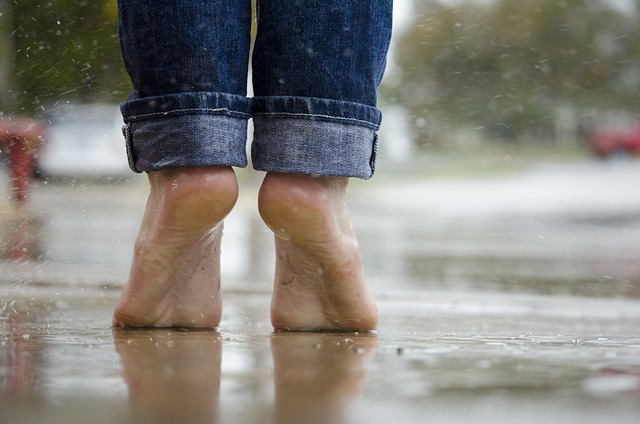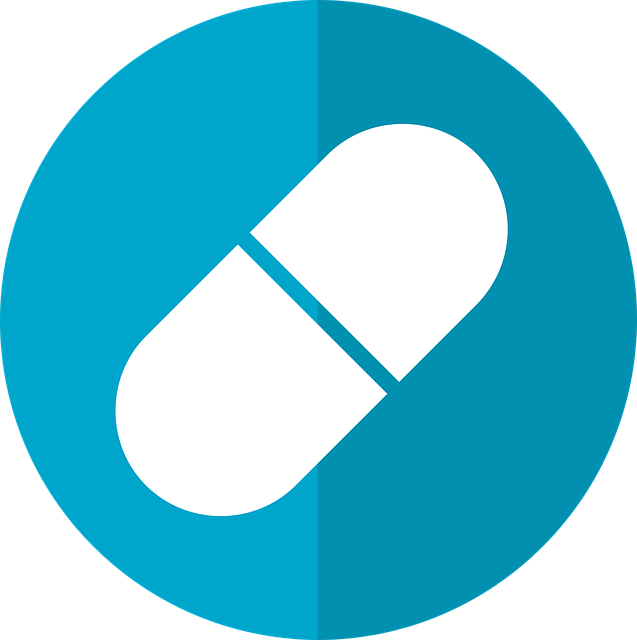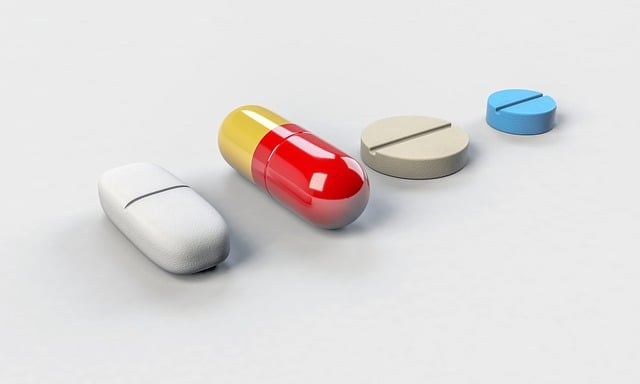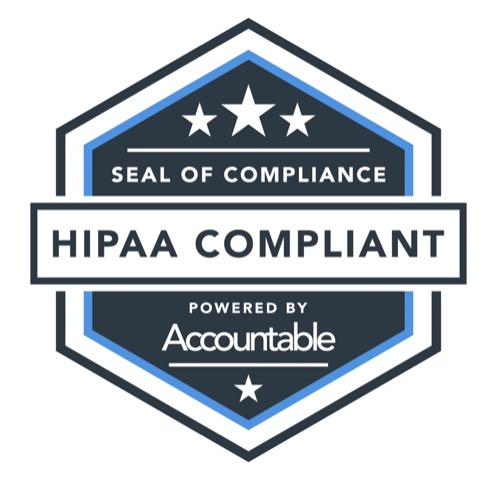Jublia is a prescription medication used to infections known as onychomycosis. Onchomycosis is a fungal infection of the fingernails or toenails that causes discoloration, thickening, and separation from the nail bed. It occurs in 10% of the general population but is more common in older adults; the prevalence is 20% in those older than 60 years and 50% in those older than 70 years. It is also most common on the big toenail.

Prescription nail fungus treatments and other drugs need a doctors prescription.
Click here to get treated for your toenail fungal infections now
Jublia comes as a topical solution that is applied directly to the nail once daily for 48 week to the affected toenail fungus. Jublia is applied daily using a flow through brush applicator and should be applied to the affected toenail once daily for 48 weeks. It should be applied to a clean dry toenail, it is recommended you remove any nail polish prior to treating with Jublia as this will prevent the medication from penetrating the nail. Once applied you should wait 10 mins for it to dry fully. Wipe off any excess solution on surrounding skin to avoid irritation.
The most common side effects (around 2% of patients) in clinical trials were ingrown toenail, redness, itching, swelling, burning or stinging, blisters, and pain. Tell your doctor if you experience any of these or other potential side effects. Tell your doctor if you have been prescribed any other medications to avoid any potential drug interactions. It is also important that you tell your doctor if you are breast feeding.
How does Jublia work to treat toenail fungus?
It works by stopping the growth of certain types of fungus. Efinaconazole belongs to a class of drugs known as azole antifungals. This medication treats only fungal infections. It will not work for other types of infection, such as those caused by bacteria
How well does Jublia work for treating toenail fungus?
In two clinical trials 17.8% (trial 1) and 15.2% (trial 2) of participants using Jublia were completely cured compared with 3.3% (trial 1) and 5.5% (trial 2) of participants using a placebo. The “complete cure or almost complete cure” rate for Jublia was 26.4% (trial 1) and 23.4% (trial 2) (compared with 7.0% (trial 1) and 7.5% (trial 2)).[2]

Get treatment now for your nail fungus
How much does Jublia cost?
According to the latest pricing at GoodRx, one 4ml bottle of Jublia costs $796.45 at CVS. Some patients may qualify for coupons or discounts from the manufacturer
How long does it take for Jublia to cure toenail fungus?
Jublia solution should be used for daily for 48 weeks. Taking it less than this could result in the fungal infection returning.
Are there other drugs or prescription alternatives to Jublia?

Yes, there are both oral prescription medications and other topical nail treatments like Jublia.
Oral medications, or those that come in pill form, generally work more quickly than topical medications for toenail fungus treatment. They also have higher cure rates and the overall treatment time may be shorter than topical options. Pills to treat toenail fungus, however, will require a prescription. It is also important to note that improvement will continue AFTER oral therapy is stopped, and it may take 9 to 12 months for you to see full results.
Get treatment now for your nail fungus
The top treatments for toenail fungus are:
- Terbinafine (Lamisil)
- Itraconazole (Sporanox)
Terbinafine for toenail fungus treatment
The best pill for toenail fungus is terbinafine. Evidence suggests it works better than the alternatives with the fewest side effects. Terbinafine results in resolution of toenail fungus 76% of the time. Common side effects may include headaches, skin rash, and vomiting. It is taken once a day for 6 to 12 weeks.
Itraconazole for toenail fungus treatment
Another good pill for toenail fungus is itraconazole. Itraconazole results in cure 63% of the time. Side effects can include headaches, stomach upset, and respiratory infection. Itraconazole is also taken once a day for 6 to 12 weeks.
Other oral medications that are available to treat toenail fungus
Commonly used to treat yeast infections, oral fluconazole (Diflucan) is another pill sometimes used to treat toenail fungus. Fluconazole is alternative to terbinafine and itraconazole for those patients that may not be able to take either of the other medications. It’s not approved by the Food and Drug Administration (FDA) for this use. Fluconazole is taken once a week for 12 months.
Get treatment now for your nail fungus
Other topical solutions to treat toenail fungus
Ciclopirox (Penlac Solution) is another topical medication used to treat fungal infections of the fingernails and toenails. It is used as part of a treatment program that may include the removal of unattached, infected nails. Ciclopirox works similarly to Jublia in that it stops the growth of fungus.
How to use Penlac Solution
Read the Patient Information Leaflet if available from your pharmacist before you start using ciclopirox and each time you get a refill. If you have any questions, ask your doctor or pharmacist.
It is recommended that before starting treatment with any topical treatment, you remove any loose nail material using nail clippers or a file.
Use this medication on the nails and skin next to the nails only. Apply ciclopirox as directed by your doctor, usually once daily at bedtime. Using the applicator provided, apply this medication evenly over the entire affected nail and to the area of the skin next to the nail. Do not use nail polish on the treated nails.
Let the medication dry (around 30 seconds) before putting on socks or stockings. Do not wash the treated area for at least 8 hours.
Every 7 days, remove the medication from the nail by applying alcohol. Then trim the nail and file away any loose nail material.
Since this product is flammable, do not use this product near heat or open flame.
Use this medication regularly in order to get the most benefit from it. To help you remember, use it at the same time each day.
Questions about this drug?
Continue to use this medication for the full time prescribed, even if symptoms disappear. Stopping the medication too early may result in a return of the infection.
Tell your doctor if your condition worsens or does not improve after 6 months of treatment. It may take up to one year for the nail to be clear or almost clear.
About the Author: Neil Sadick, MD FAAD, FAACS, FACP, FACPH
Dr. Neil Sadick is known as one of the best dermatologists in the world. Author of more that 300 journal articles and over 20 books, he is one of the most influential people in Dermatology. Known as “the Doctor’s doctor” he travels the world training other dermatologists. All of this, along with Dr. Sadick’s research, has led to global innovation in Dermatology.
